CptCurl
|
| (.450 member) |
| 19/04/19 08:56 PM |

|
|
|
I'll help if I can, or at least muddy the waters.
This Henry is certainly not a Webley PHV-1 action. It doesn't even resemble a PHV-1.
Here's about as straight an example of the PHV-1 as can be found - a Charles Lancaster .280 Flanged NE I used to own. Charles Lancaster .280 Flanged NE. Most obvious is the difference in the doll's head third fastener and the fact that the operating spindle is set back from the third fastener.

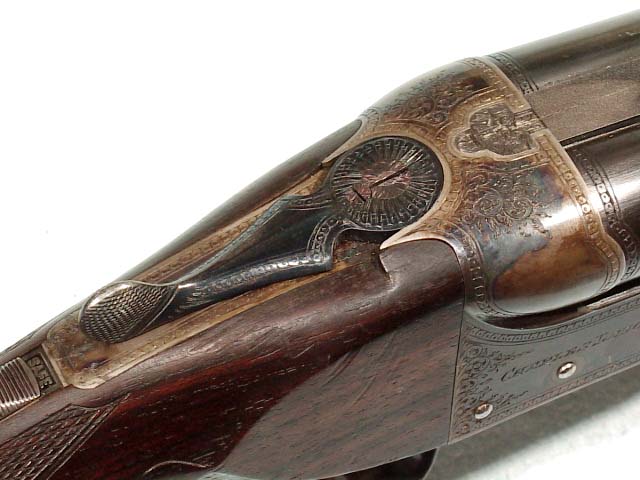
Buckstix's rifle more resembles a Webley A&W-C as Huvius observes, but I see substantial differences there too. Again, from my collection here is a rifle I still own. It is about as straight an example of an A&W-C as you will find - my Gibbs .450 NE: Gibbs .450 NE.
The .303 linked above by 4seventy I still have also. It is a straight A&W-C, but it is built to much smaller proportions than the .450 scale action, so I thought the .450 NE is better for comparison.
There is a great similarity in some respects, which I'll point to.
First, the shape of the action balls suggests Webley.
Here's Buckstix's rifle:

Here's a Webley:
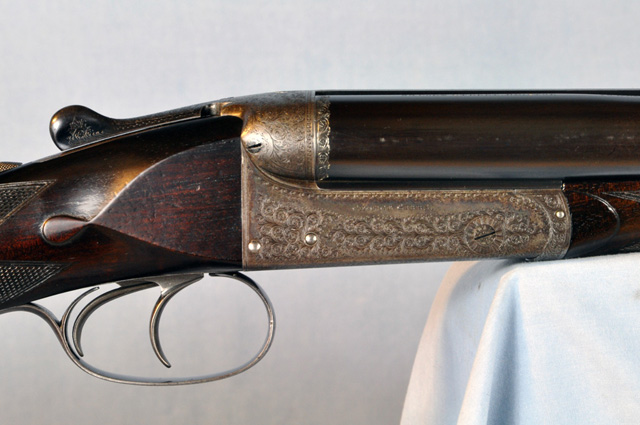
But on close inspection you see that the bottom lines of the action balls, the contours. are actually quite different.
Beyond that, there is an obvious difference in the depth of the two actions from the water table to the bottom of the action. Buckstix's is much deeper than the Webley. The reason for this is that the Webley is made much shallower by having the front lump pierce the action bottom.
Buckstix:
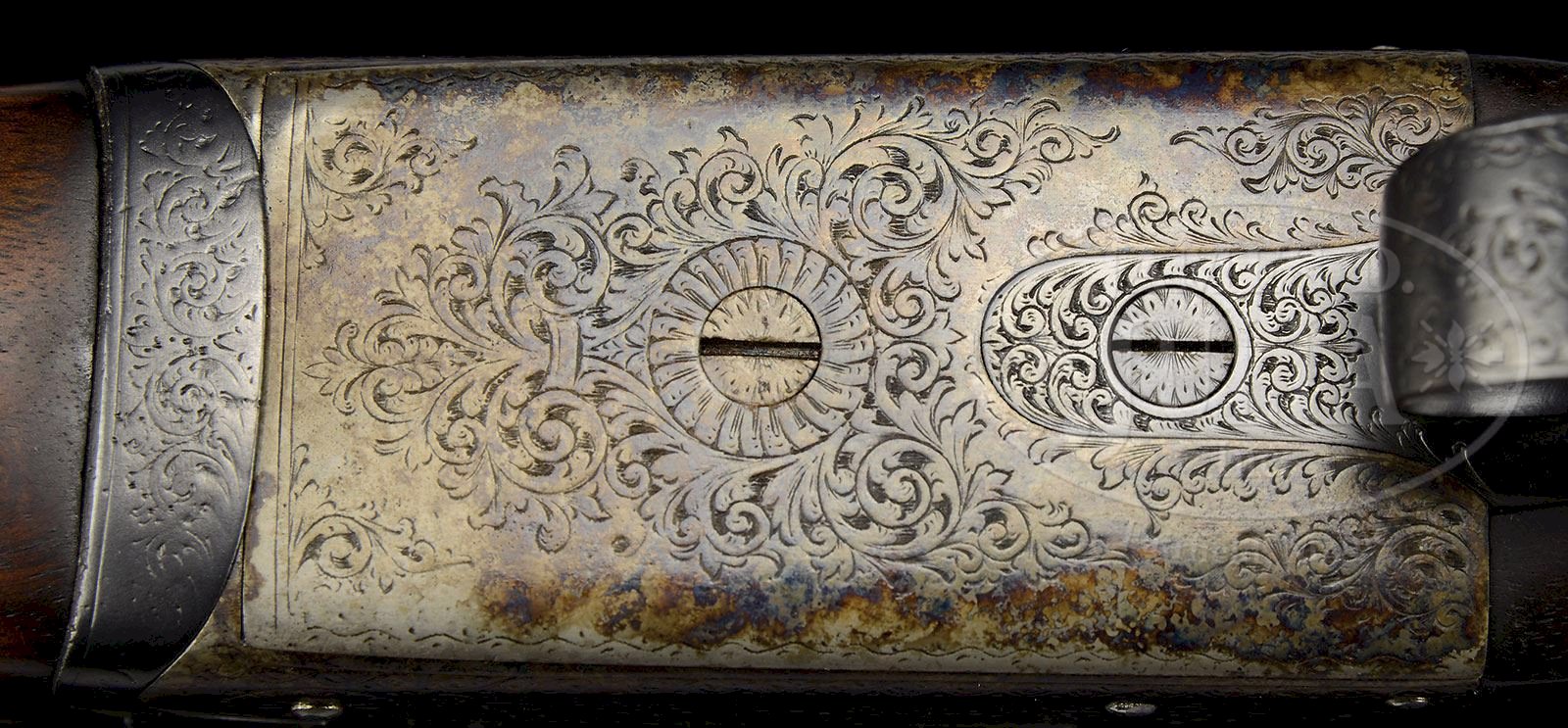
Webley:
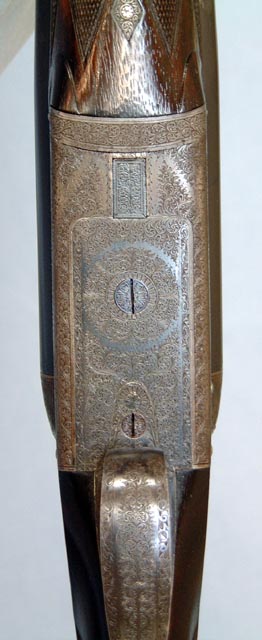
Notice also how the bottom plate of the action is much smaller on the Webley. You can see the sides of the bars curve all the way around to the bottom of the action, whereas on Buckstix's rifle the action floorplate extends almost all the way to the corners of the action bars.
I also see a stark difference in the shape of the front of the trigger plate. On Buckstix's it appears to have parallel lines leading to the front radius. On the Webley the sides are noticeably tapered.
Finally, the action pin is quite different for reasons I cannot explain without a hands on inspection.
Comparing the top levers you see a set screw in the Webley where there is none in Buckstix's rifle.
Webley:
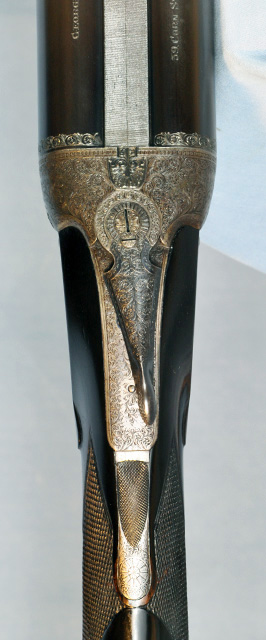
Buckstix:
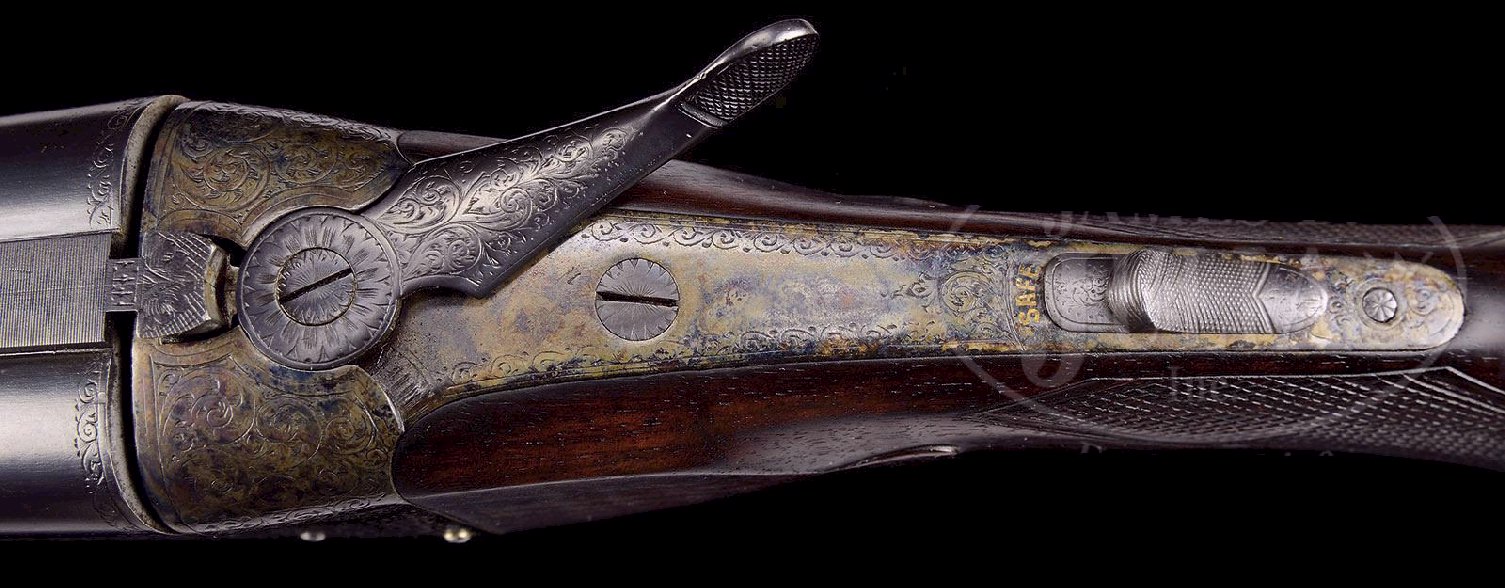
I've never seen a Webley A&W-C that lacks this set screw.
Notice also the difference in the shape of the top tang. The Webley has a pronounced step on each side to reduce its width just ahead of the safety. Buckstix's rifle does not. I think this is typical of a Webley.
The number stamped on the forend hook is stamped on the side of the hook on all Webley's I have inspected or owned. Here's the stamp on my .303 linked above:
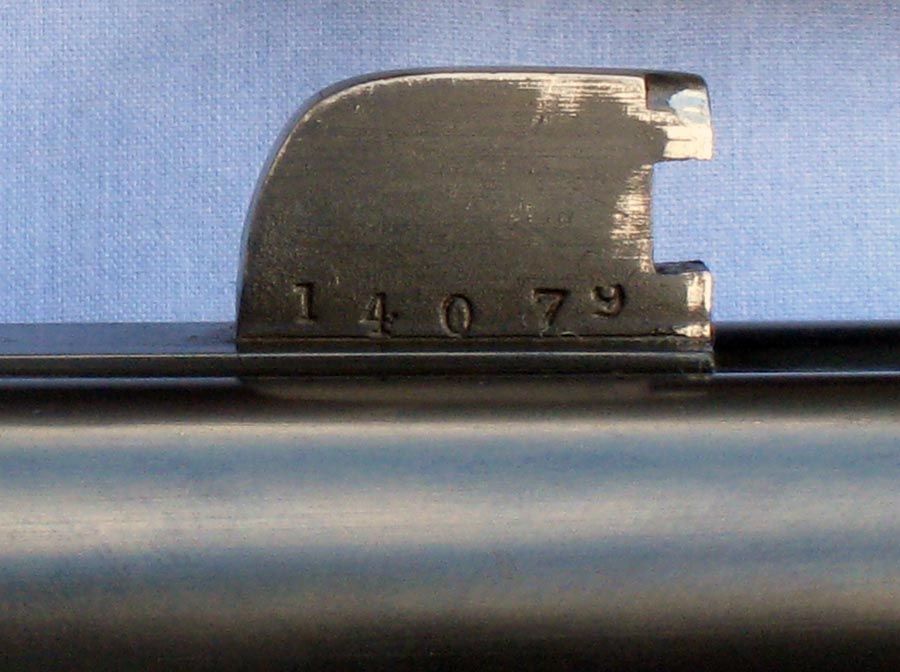
The stamp Buckstix shows is on the flat beside the hook:
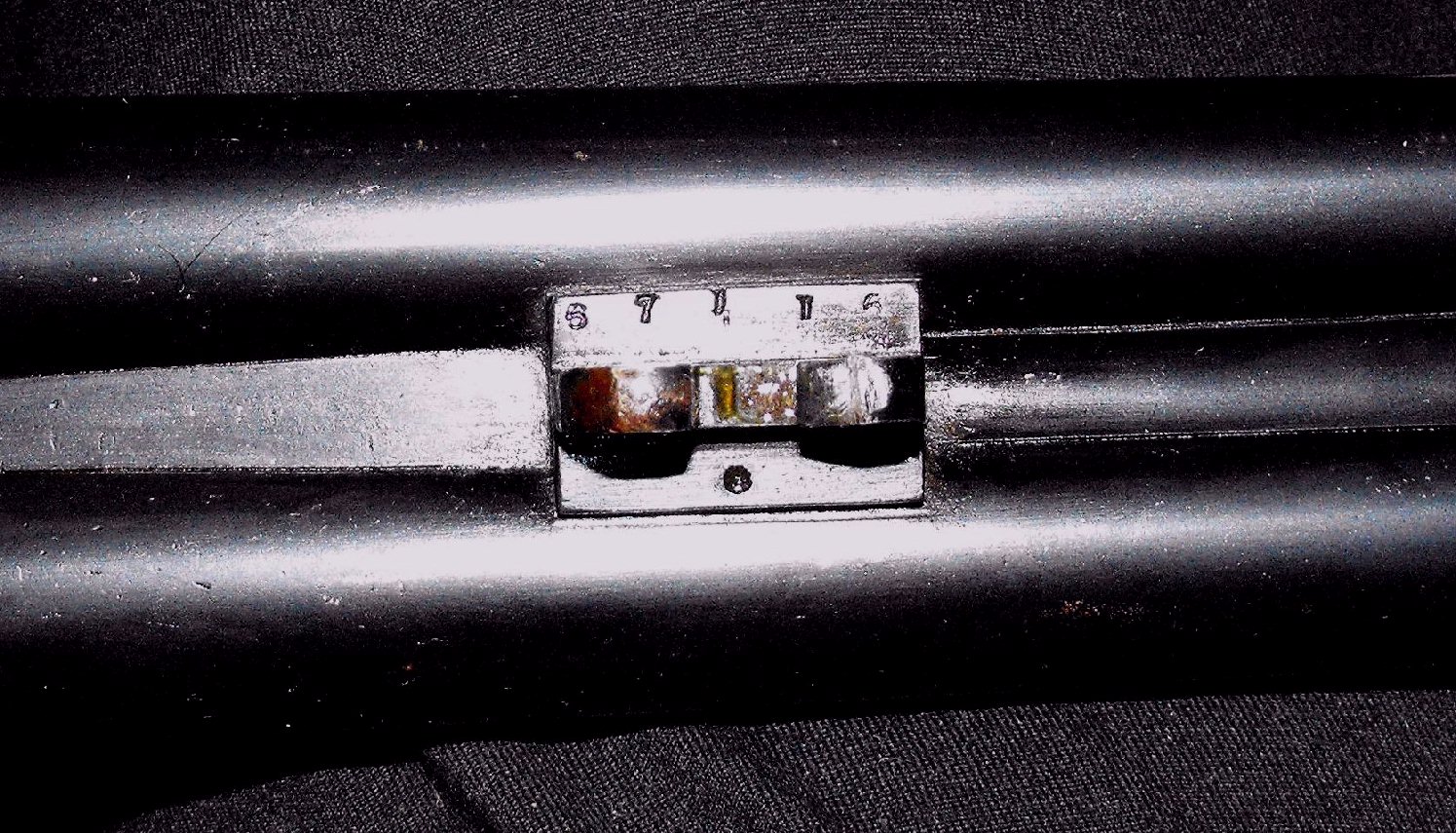
Whether they did some one way and some another, I don't know. However, I will say this: The number on my .303 should be near the end of the line. It was made decades after Buckstix's Henry and is one of the last Webley double rifles made (1937). His much higher number is not a Webley number.
I also notice this rifle appears to have an Anson forend attachment. That's not typical of Webley at all.
In summary, I believe 4seventy is correct. I would not classify this rifle an A&W-C. There are distinct differences to the point that I don't believe it is made from the same forging as an A&W-C.
Who made it? I don't know. It certainly could be a product of Webley, or it could be somebody else. It certainly seems to co-op the A&W-C's distinctive screw grip third fastener, but by this time the patent on that feature was long expired.
Nothing I have said is intended to denigrate this fine rifle. I am only speaking to the differences I see in its design compared to a Webley.
As for loads, I would stay away from IMR3031. There have been too many unexplained blow-ups of double rifles using that powder. It might be safe, but the blow-ups are historical fact. I would follow Graeme Wright's guidance.
In my .450-400 3-1/4" NE (a wonderful Greener Facile Princeps), I am loading 84.5 grains of IMR4831 behind the Woodleigh 400 grain soft nose and a Fed. 215 primer. That load is safe in my rifle and regulates. As they say, always start a little lighter and work up!
Curl